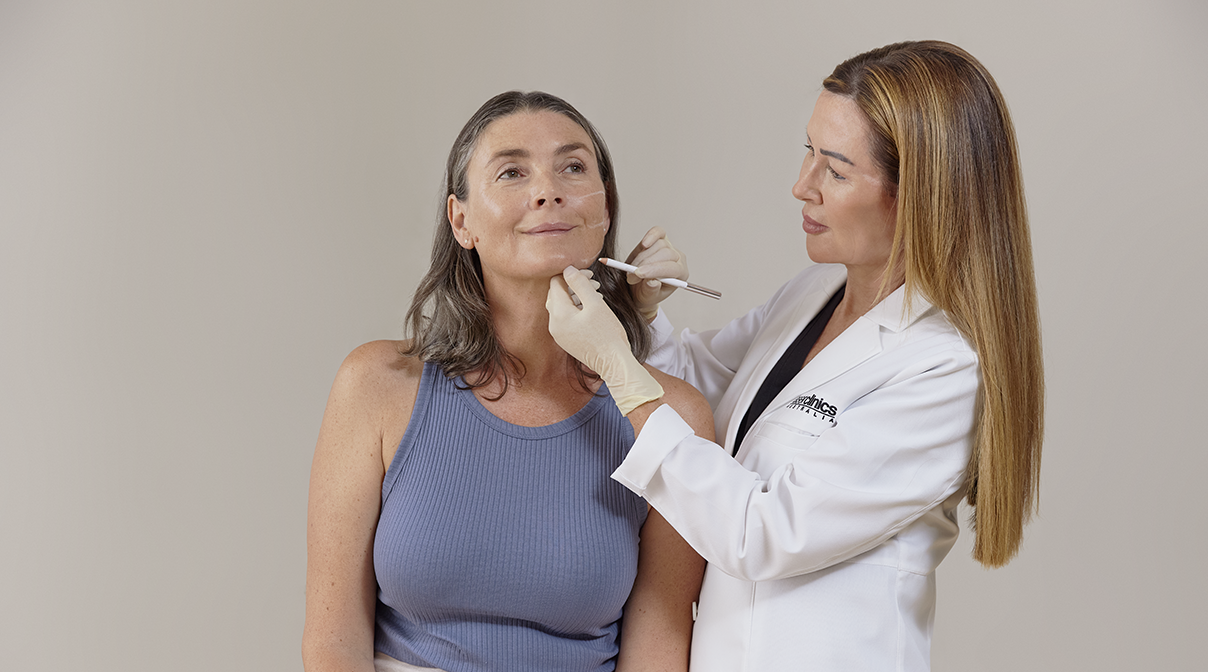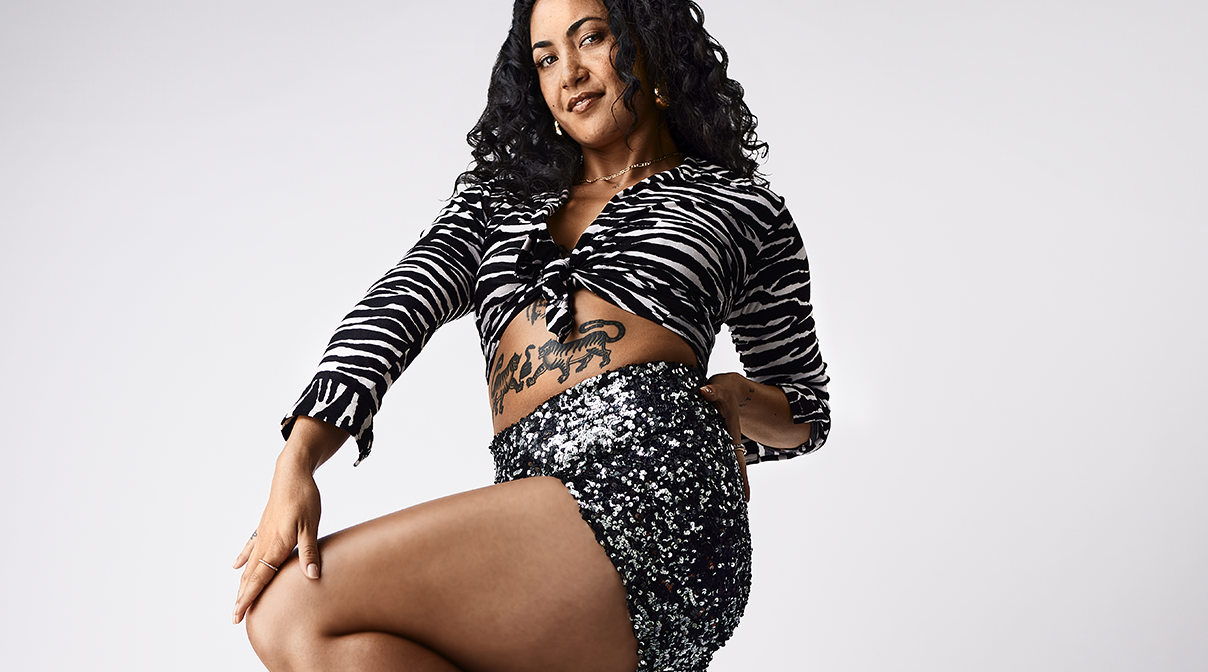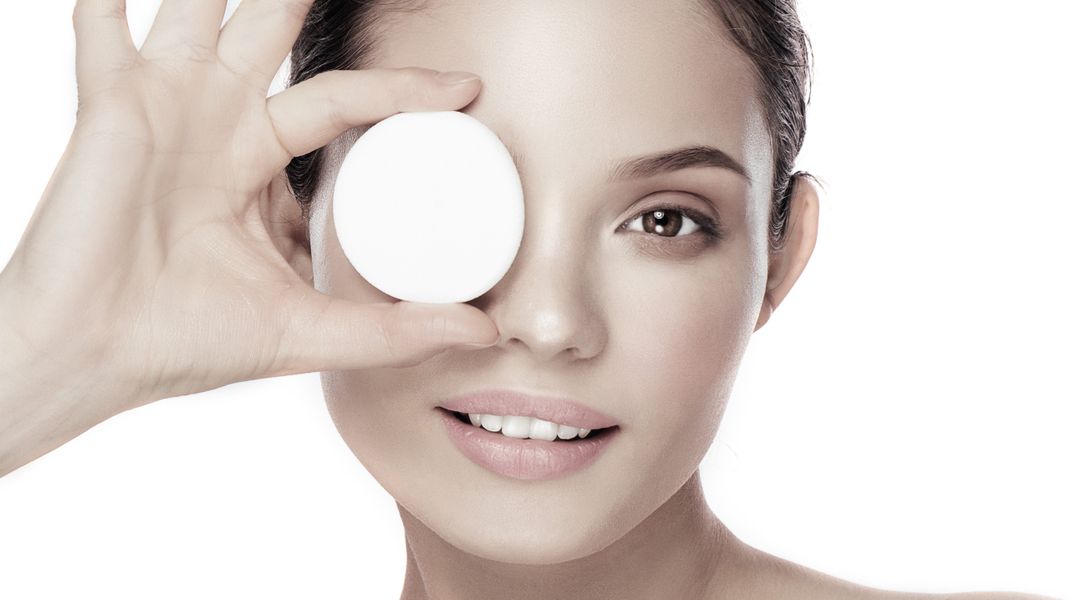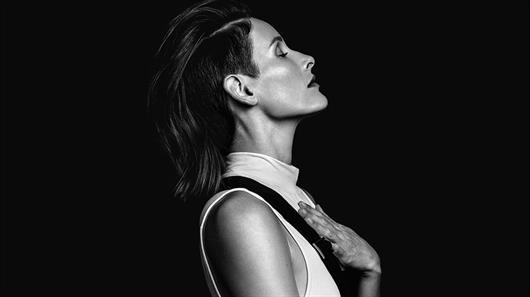You’re looking for real results—fewer dark spots, less redness, smoother skin. But once you start researching light-based treatments, it all blurs: BBL, IPL… aren't they the same thing?
They’re not and knowing the difference matters. Because while both BBL (BroadBand Light) and IPL (Intense Pulsed Light) use light to treat your skin, only one of them is built with the power and precision to do more. This guide breaks down the differences between the two.
A Quick Look at the Differences between BBL and IPL
|
BBL (BroadBand Light Hero) |
IPL (Intense Pulsed Light) |
|
|
Technology |
Advanced, high-energy pulsed light system with tailored filters and higher precision |
Traditional broad-spectrum pulsed light with less control over depth and intensity |
|
Results |
Clinically proven to improve pigmentation, redness, acne, visible signs of ageing, and skin laxity. Stimulates collagen and encourages long-term skin renewal. |
Can reduce pigmentation and fine hair with repeated use. May improve tone and mild redness but with less impact on acne or ageing. |
|
Skin Concerns Treated |
Age spots, sun damage, freckles, redness (rosacea), acne, acne scarring, fine lines, skin laxity |
Pigmentation, mild redness, broken capillaries, and some superficial hair removal |
|
Treatment Areas |
Face and full body – commonly neck, chest, back, arms, abdomen, and even buttocks |
Usually face and small body areas; limited flexibility depending on machine |
|
Treatment Time |
~15–30 minutes depending on the area |
~20–60 minutes depending on the area |
|
Comfort & Speed |
Fast, even coverage with minimal discomfort. Some clients feel a warm sensation during treatment |
May involve more heat or discomfort; less consistent coverage |
|
Downtime |
Minimal. Possible redness for a few hours. Pigmentation may darken and flake off over several days |
Mild swelling or redness, may last longer depending on skin type |
|
Number of Sessions |
Typically 3–4 for initial results, then 2x yearly for maintenance (e.g. Forever Young) |
Varies—often more sessions required to maintain results |
|
Suitable Skin Tones |
Safe for light to moderately dark skin tones |
Most effective on fair to medium skin; higher risk of side effects on darker tones |
|
Customisation |
Offers 4 targeted treatments: Forever Flawless, Forever Young, Forever Clear, Skin Tyte |
Limited – one-size-fits-all protocols per concern |
How Effective is BBL Therapy?
While the comparison offers a quick overview, it’s worth grounding these claims in actual research. Clinical studies shed light on how BBL and IPL perform in real-world settings.
Here’s what the science says about BBL:
BBL Combination Therapy for Melasma
According to a 2023 study in the Journal of Cosmetic Dermatology, combining BBL with intradermal tranexamic acid (TA) significantly reduced melasma severity. In the group that received both treatments, Melasma Area Severity Index (MASI) scores dropped more substantially compared to those who received only oral TA, BBL, or TA injections alone. This group also showed greater improvements in brown spots. The study overall highlighted the combined approach as the more effective option to manage stubborn pigmentation.
BBL and its Long-Term Anti-Ageing Effects
In a retrospective study by Bitter and Pozner (2013), regular BBL treatments demonstrated notable anti-ageing effects. Participants who received at least one full-face BBL session annually over 5 to 11 years appeared more rejuvenated than when they began treatment—despite having aged chronologically.
BBL SkinTyte for Wrinkles and Fine Lines
In a 2014 clinical study, broadband infrared light therapy (SkinTyte™) was shown to significantly improve facial wrinkles and skin laxity.
After five monthly sessions, the average wrinkle severity score dropped from 3.10 to 2.34. More than half of the participants saw moderate to marked improvements in both wrinkles and sagging—with no downtime, no anesthesia, and no adverse effects.
Together, these studies point to a consistent theme: when performed professionally and consistently, BBL-based treatments are backed by measurable results, whether it’s pigmentation, early signs of ageing, or skin laxity.
While individual outcomes may vary, these findings help set and support realistic outcomes for what BBL can do, especially when part of a Tailored Treatment Plan.
How Effective is IPL Therapy?
While the clinical promise of IPL is widely recognized, it’s important to look past the surface-level benefits and understand how the treatment holds up under scientific scrutiny.
IPL for Pigmentation, Redness & Photoageing
A 2024 clinical review by Gade et al. found that IPL is an effective treatment for various concerns including melasma, lentigines, rosacea, and signs of photoaging. Thanks to its broad-spectrum light and adjustable filters, IPL offers targeted treatment with minimal downtime. However, results depend heavily on proper settings, especially for darker skin tones, where the risk of pigmentation changes is higher.
IPL for Rosacea and Photoageing, But…
According to a 2015 review by González-Rodríguez and Lorente-Gual, IPL has grown into a go-to option for treating pigmentation, vascular lesions, rosacea, and signs of photoaging. It offers visible improvements without the downtime of more aggressive procedures, which makes it popular in clinics and salons.
However, while the tech has advanced, the review points out that IPL devices, especially those marketed for home use, remain largely unregulated. And there’s a possible concern over safety, misuse, and inconsistent results without proper oversight.
IPL: Not Suitable for Fitzpatrick II-IV Skin Types
A randomized controlled trial published in Lasers in Surgery and Medicine (2017) highlighted a range of adverse effects associated with IPL. Among 15 participants with skin types II-IV, common side effects were redness, hyperpigmentation, and even blustering.
Darker skin types and higher IPL settings were also associated with severe reactions.
IPL is versatile and clinically effective, particularly for light to moderate skin tones when used correctly. But that effectiveness comes with caveats: potential risks in darker skin, a lack of regulation for at-home devices, and the need for expert handling to avoid complications.
Final Thoughts on IPL vs BBL Therapy
Both BBL and IPL offer non-invasive ways to treat skin concerns like pigmentation, redness, and ageing. But when you look closely—at the technology, the results, and the research—it’s clear BBL consistently delivers more precision, more consistency, and more clinically supported outcomes. After all, it is the more advanced treatment between the two.
Not sure which option suits your skin concerns best? Book a consultation with Laser Clinics New Zealand. Our experienced team can assess your skin and recommend a Tailored Treatment Plan grounded in what actually works. Let’s take the confusion out of light-based treatments and get you results you can see.









